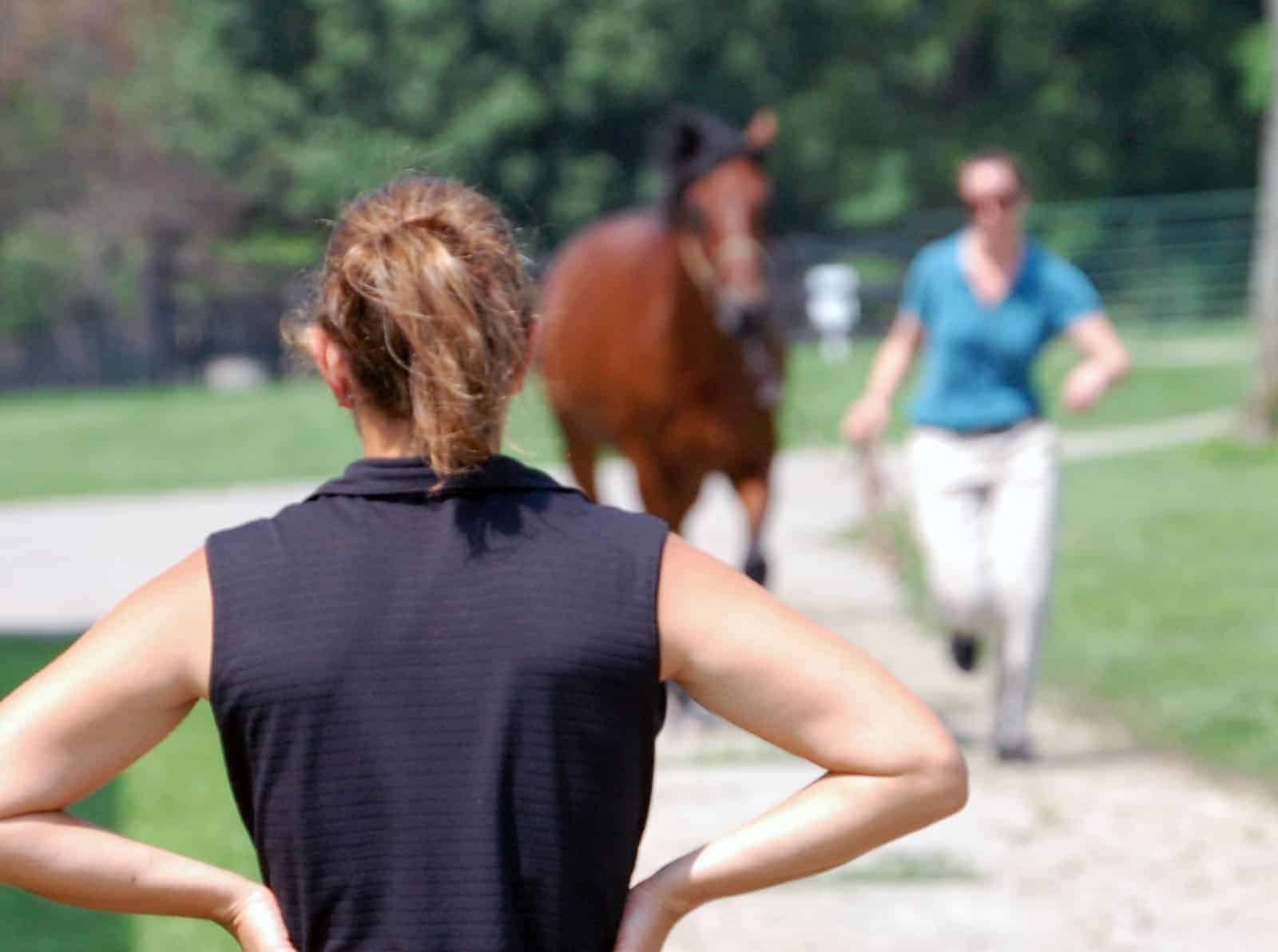Therapeutic Shoeing for Tendon Injuries: Not One Size Fits All

A horse’s injured tendon is likely to heal better if it’s got less strain on it. Corrective shoeing that changes the hoof’s angle in relation to the ground can affect the strain on the tendons of the distal (lower) limb. But according to a new study, changing the hoof’s orientation doesn’t always relieve the superficial and deep flexor tendons in the intended way. In some cases, to reduce strain the angle would have to be modified so much it could create new problems.
“Popular shoeing recommendations to relieve fetlock-related structures through a change in hoof angulation often don’t work and cannot be generally assumed for each horse,” said Jenny Hagen, DrMedVet, of the Institute of Veterinary Anatomy, Histology, and Embryology in the Faculty of Veterinary Medicine at Leipzig University, in Germany.
The Study: 30 Horses and Six Hoof Wedges
In their study, Hagen and her fellow researchers placed wedges under the toes of heels of 30 barefoot horses. They used duct tape to attach three different sizes of wedges, creating six changes in hoof angle: 5°, 10°, and 20° each of toe and heel wedges. They then took radiographic and ultrasound measurements to see how the wedges affected various morphometric (size and shape) and biomechanical parameters
Create a free account with TheHorse.com to view this content.
TheHorse.com is home to thousands of free articles about horse health care. In order to access some of our exclusive free content, you must be signed into TheHorse.com.
Start your free account today!
Already have an account?
and continue reading.

Written by:
Christa Lesté-Lasserre, MA
Related Articles
Stay on top of the most recent Horse Health news with















